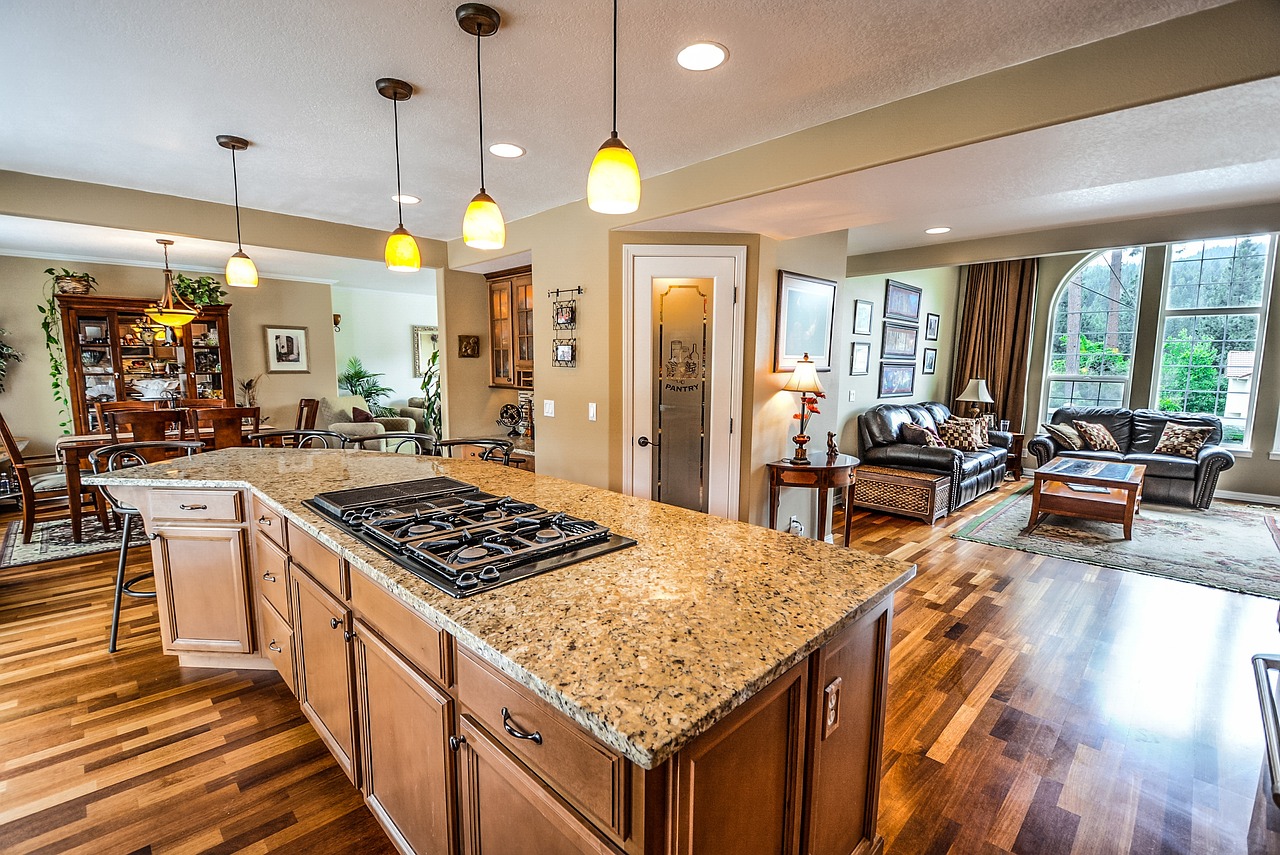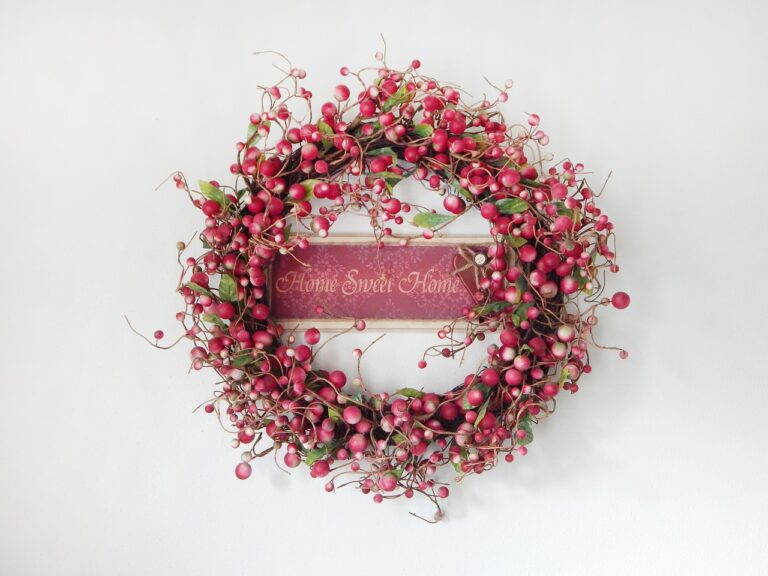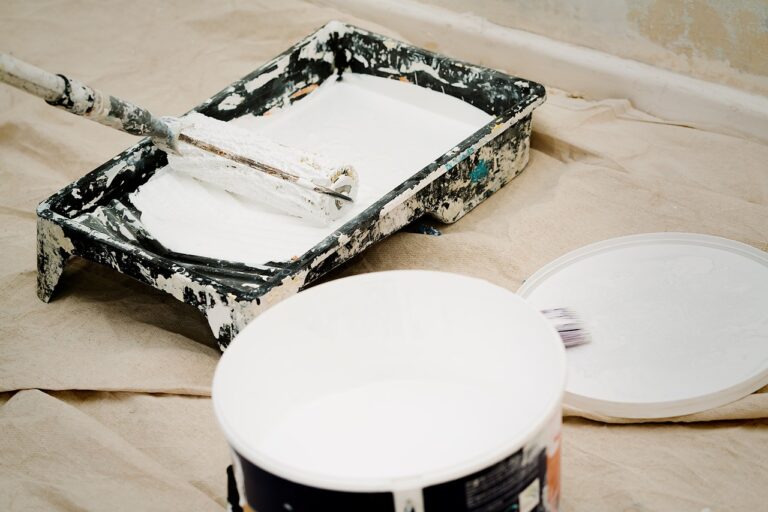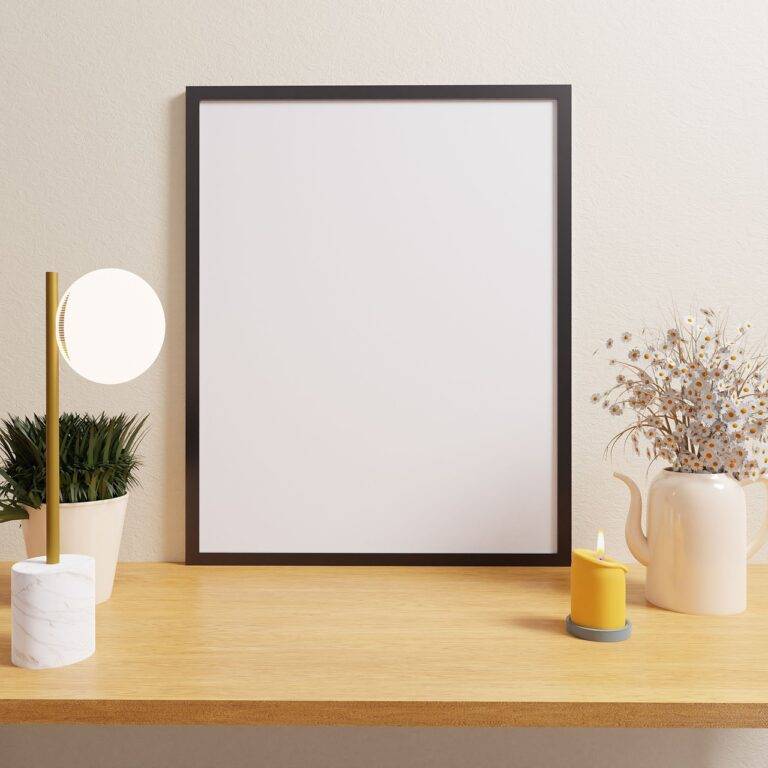Incorporating Japanese Minimalism into Your Home Decor: Embracing Simplicity and Serenity
Japanese minimalism is a design philosophy that has gained worldwide popularity for its simplicity, clean lines, and emphasis on quality over quantity. Rooted in Zen Buddhism and traditional Japanese aesthetics, minimalism focuses on creating harmonious and uncluttered spaces that promote a sense of tranquility and mindfulness. By stripping away excess and unnecessary elements, Japanese minimalism seeks to bring a sense of calm and balance to both the physical environment and the mind.
In a minimalist home, you will often find natural materials such as wood, bamboo, and stone, as well as neutral colors like white, beige, and grey. Furniture and decor are kept to a minimum, with each piece carefully chosen for its functionality and beauty. The goal is to create a space that feels open, airy, and free from distractions, allowing for greater focus and a deeper sense of connection to the present moment.
Understanding the Principles of Japanese Minimalism
Japanese Minimalism emphasizes simplicity, harmony, and functionality in design. One of its core principles is “Ma,” which refers to the concept of negative space. This idea of allowing room for emptiness and breathing space in design is essential in creating a sense of tranquility and balance within a space. By incorporating Ma into your home, you can achieve a minimalist look that feels calm and uncluttered.
Another key principle of Japanese Minimalism is “Wabi-Sabi,” which embraces imperfection and impermanence. This concept values the beauty of things that are modest, humble, and aged. It encourages us to appreciate the natural signs of wear and tear, as they reflect the passage of time and add character to our surroundings. By incorporating elements of Wabi-Sabi into your home decor, you can create a warm and inviting space that exudes a sense of authenticity and simplicity.
Choosing the Right Colors for a Minimalist Home
When it comes to selecting colors for a minimalist home, less is definitely more. Opting for a neutral color palette such as whites, creams, greys, and beiges can create a serene and cohesive look. These colors can help in making your space feel airy, open, and uncluttered.
Incorporating shades of black and bold accent colors sparingly can add depth and visual interest without overwhelming the overall minimalist aesthetic. Consider using natural elements such as plants or wooden accents to bring warmth and a touch of nature into the space. Remember, the key to choosing colors for a minimalist home is to keep it simple, harmonious, and purposeful.
What is Japanese Minimalism?
Japanese Minimalism is a design style that focuses on simplicity, functionality, and the use of natural materials. It emphasizes clean lines, minimal clutter, and a sense of tranquility in the home.
What are the key principles of Japanese Minimalism?
The key principles of Japanese Minimalism include simplicity, harmony, and the use of natural elements. It focuses on creating a peaceful and uncluttered space that promotes a sense of calm and balance.
How can I incorporate Japanese Minimalism into my home?
To incorporate Japanese Minimalism into your home, focus on decluttering, using natural materials like wood and bamboo, and choosing furniture and decor pieces with clean lines and a neutral color palette. Keep the space open and uncluttered to create a sense of tranquility.
How can I choose the right colors for a minimalist home?
When choosing colors for a minimalist home, opt for a neutral color palette of whites, grays, and earth tones. These colors help create a sense of calm and serenity in the space. Avoid bold or bright colors, and instead focus on creating a harmonious and balanced color scheme.







